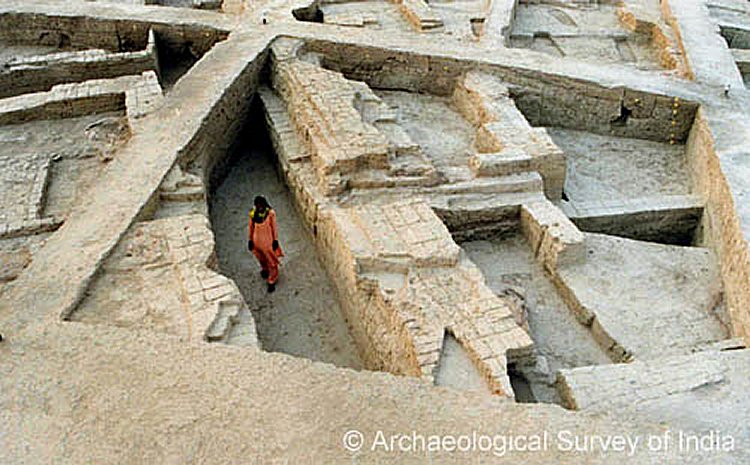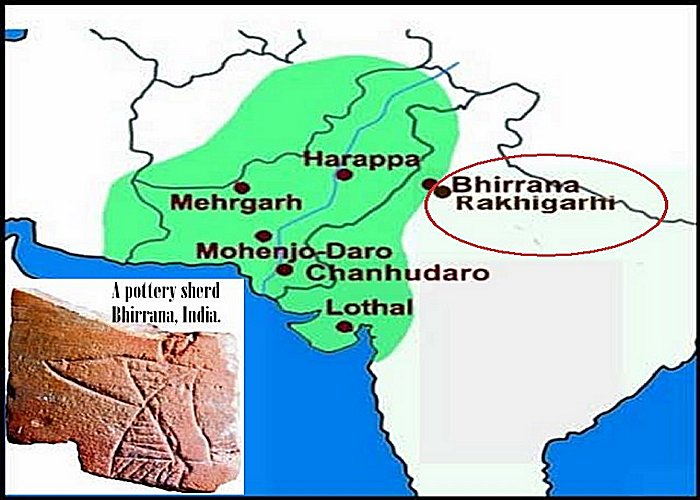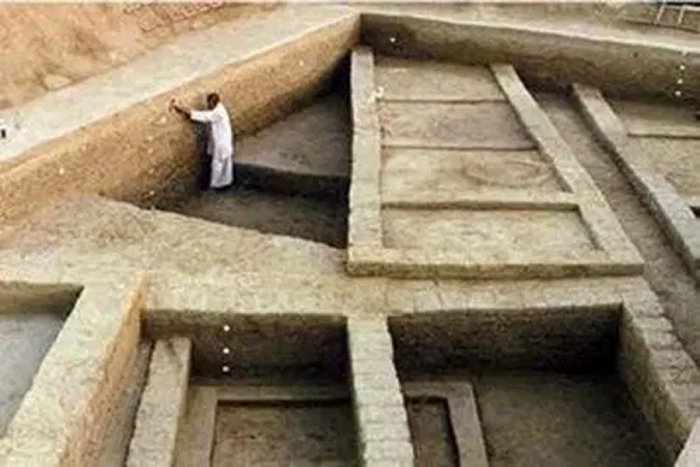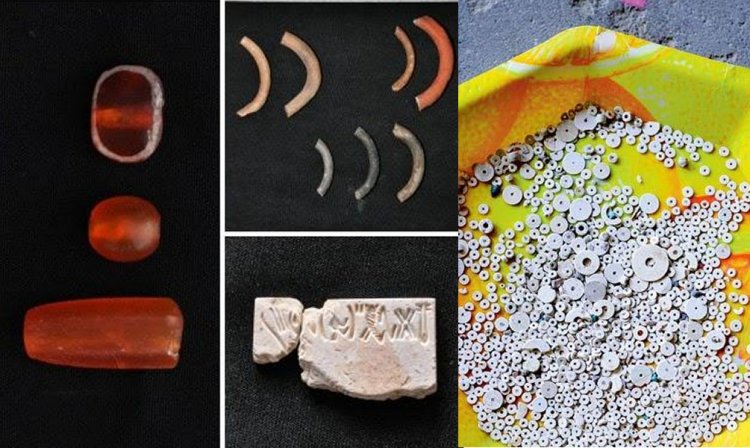Early Harappan Cultures Can Solve Mysteries Of Several Lost Cities Of Indus Valley Civilization
A. Sutherland - AncientPages.com - Studies strongly suggest that Indian Civilization emerged in the 8th millennium BC and pre-Harappan cultures, which were thoroughly studied, should be rather called as Early Harappan.
Asia's largest and oldest metropolis with gateways, built-up areas, streets and wells was built in Haryana, a state in North India with its capital at Chandigarh.
Artifacts from excavations in Bhirrana and Rakhigarhi.
While the carbon 14 dating of the excavations at the Mehrgarh site in Pakistan puts it in the 6400-7000 BC bracket, the latest study has revealed that the cultural remains at the Bhirrana village located on the banks of Ghaggar river, in Fatehabad district, in the state of Haryana, go back to the time bracket of 7300 BC.
Bhirrana, a Harappan town. Bhirrana was occupied from the earliest to the last dates of the Harappan era and Rakhigarhi in Haryana is home to the largest and one of the oldest sites of the ancient Indus Valley Civilization.
Bhirrana was occupied from the earliest to the last dates of the Harappan era. The earliest period, of the Hakra Ware culture, consisted of subterranean circular pit dwellings cut into the natural soil. These pit dwellings are noticed to the north of the Harappan town and below the Early Harappan structures of the town.
The cultural remains consist of pottery repertoire of different kinds, antiquities of copper, faience, steatite, shell, semi-precious stones like agate, carnelian, chalcedony, jasper, lapis lazuli, and terracotta.
The cultural remains consist of different kinds of terracotta, copper, faience, lapis lazuli, shell, semi-precious stones like agate, carnelian, chalcedony, and jasper.
Situated on the banks of Ghaggar river, in Fatehabad district, Bhirrana village date back to 7570-6200 BC.
Also Rakhigarhi - one of the five known biggest townships of Harappan civilization on the Indian sub-continent - is very old and shows continuous occupation from the 8th millennium BC.
It is located in Hisar district, Haryana and is home to the largest and one of the oldest sites of the ancient Indus Valley Civilization. Excavations conducted in the area of Rakhigarhi, showed that it was bigger in size than the Mohenjedaro and Harappa sites in Pakistan.
Rakhigarhi is the site for a large city that’s spread across 350-hectare of land, making it the largest Indus Valley city discovered yet.
Five interconnected mounds - of which two were thickly populated - spread in a huge area form the Rakhigarhi’s unique site.
The archaeological works revealed evidence of paved roads, drainage system, large rainwater collection, storage system, terracotta brick, statue production, a seal and a potsherd, both inscribed with the Harappan script; potsherds painted with concentric circles, fish-net designs, wavy patterns, floral designs and geometric designs.
The excavation in mound four has yielded a cornucopia of artifacts, including a seal and a potsherd, both inscribed with the Harappan script; potsherds painted with concentric circles, fish-net designs, wavy patterns, floral designs and geometric designs.
There were also found terracotta animal figurines, cakes, hopscotches, toy cart frame and wheel of terracotta, beads of semiprecious stones, terracotta, shell and copper objects and shell bangles.
Additionally, skilled metal working - in both bronze and precious metals - has also been uncovered. People lived in mud-brick as well as burnt-brick houses with a proper drainage system.
See also:
Ranikot Fort: Gigantic Great Wall Of Pakistan Shows Greatness Of Indus Valley Civilization
Indus Valley Civilization Far Ahead Of Its Time Has Baffled Scientists For Centuries
Curious Ancient Copper Plates And The Mystery Of Indus Valley
However, one of the most important discoveries is the discovery of a cemetery. The skeletons retrieved from the eight graves of the cemetery have been sent for DNA analysis. The most impressive grave was that of a woman, who was buried along with her child. She was wearing bangles and a precious necklace. Her grave had a vessel with food and all the necessary items that she could carry to the next world.
These skeletons may help us solve the mystery of why this civilization, which was flourishing at one point, seized to exist. Was it a climate change, the floods or was it perhaps a drought? Or did they just leave their houses and moved to some other place?
Perhaps not Bhirrana but Rakhigarhi's ancient remains have the potential to help us solve the mysteries of several lost cities of the great Indus Valley Civilization.
First version of this article was originally published on November 10, 2015
Written by – A. Sutherland - AncientPages.com Senior Staff Writer
Copyright © AncientPages.com All rights reserved. This material may not be published, broadcast, rewritten or redistributed in whole or part without the express written permission of AncientPages.com
Expand for referencesMore From Ancient Pages
-
 Long-Lost Home Of Harold, The Last Anglo-Saxon King Of England Found On Depicted On The Bayeux Tapestry
Archaeology | Jan 28, 2025
Long-Lost Home Of Harold, The Last Anglo-Saxon King Of England Found On Depicted On The Bayeux Tapestry
Archaeology | Jan 28, 2025 -
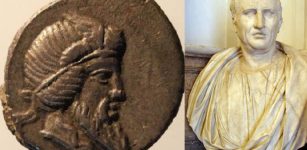 Scientists Solve The Mystery Of Cicero’s Puzzling Words By Analyzing Ancient Roman Coins – Evidence Of Financial Crisis?
Artifacts | Apr 6, 2022
Scientists Solve The Mystery Of Cicero’s Puzzling Words By Analyzing Ancient Roman Coins – Evidence Of Financial Crisis?
Artifacts | Apr 6, 2022 -
 On This Day In History: Albertus Magnus – Medieval Person Of Great Historical Importance Died – On Nov 15, 1280
News | Nov 15, 2016
On This Day In History: Albertus Magnus – Medieval Person Of Great Historical Importance Died – On Nov 15, 1280
News | Nov 15, 2016 -
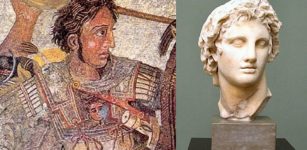 Why Didn’t Alexander The Great’s Body Show Signs Of Decomposition For Several Days? A Never-Before Suggested Explanation – From Scientists
Archaeology | Jan 24, 2019
Why Didn’t Alexander The Great’s Body Show Signs Of Decomposition For Several Days? A Never-Before Suggested Explanation – From Scientists
Archaeology | Jan 24, 2019 -
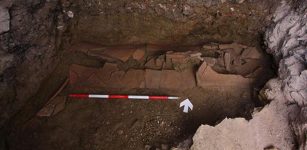 Roman-Byzantine Grave Unearthed In Turkey
Archaeology | Jan 28, 2016
Roman-Byzantine Grave Unearthed In Turkey
Archaeology | Jan 28, 2016 -
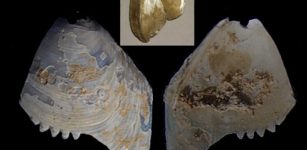 Aboriginals Finely Serrated And Perforated Shell Artifacts – Evidence From The Murray River, Australia
Archaeology | Sep 17, 2021
Aboriginals Finely Serrated And Perforated Shell Artifacts – Evidence From The Murray River, Australia
Archaeology | Sep 17, 2021 -
 Strange Encounter With A Supernatural Being In The 1790s
Ancient Mysteries | Jan 12, 2020
Strange Encounter With A Supernatural Being In The 1790s
Ancient Mysteries | Jan 12, 2020 -
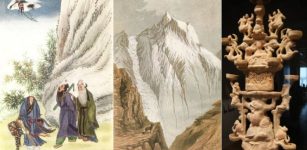 Kunlun Mountain – Mythical Dwelling Place Of Gods, Sacred Animals And Symbol Of Axis Mundi In Chinese Mythology
Chinese Mythology | Jan 31, 2019
Kunlun Mountain – Mythical Dwelling Place Of Gods, Sacred Animals And Symbol Of Axis Mundi In Chinese Mythology
Chinese Mythology | Jan 31, 2019 -
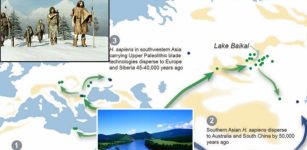 Can Pollen Analysis Solve The Ice Age Mystery How And When Homo Sapiens Migrated Across Europe And Asia?
Archaeology | Sep 23, 2023
Can Pollen Analysis Solve The Ice Age Mystery How And When Homo Sapiens Migrated Across Europe And Asia?
Archaeology | Sep 23, 2023 -
 Controversial Artifacts No One Wants To Examine Thoroughly: Is There Something We Are Afraid Of Discovering?
Ancient Technology | May 22, 2019
Controversial Artifacts No One Wants To Examine Thoroughly: Is There Something We Are Afraid Of Discovering?
Ancient Technology | May 22, 2019 -
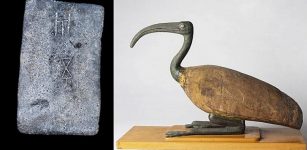 Has The Mystery Of Bronze Age Tin Been Solved?
Archaeology | Oct 3, 2019
Has The Mystery Of Bronze Age Tin Been Solved?
Archaeology | Oct 3, 2019 -
 Mawangdui Medical Manuscripts: Oldest Surviving Anatomical Atlas In The World
News | Sep 2, 2020
Mawangdui Medical Manuscripts: Oldest Surviving Anatomical Atlas In The World
News | Sep 2, 2020 -
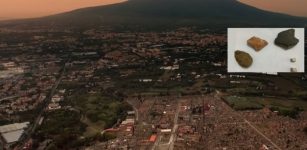 Stolen Artifacts Returned To Pompeii – Believed To Be Cursed -They Brought Misfortunes To A Woman And Her Family
Artifacts | Oct 13, 2020
Stolen Artifacts Returned To Pompeii – Believed To Be Cursed -They Brought Misfortunes To A Woman And Her Family
Artifacts | Oct 13, 2020 -
 Unique 1,600-Year-Old Gold Bead Found By Teenager In Jerusalem’s City Of David
Archaeology | Feb 9, 2023
Unique 1,600-Year-Old Gold Bead Found By Teenager In Jerusalem’s City Of David
Archaeology | Feb 9, 2023 -
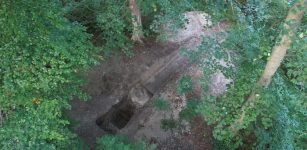 Mysterious Deserted Medieval Village And Castle Discovered In The Harz Mountains – 2,000 Artifacts Were Found
Archaeology | Nov 14, 2023
Mysterious Deserted Medieval Village And Castle Discovered In The Harz Mountains – 2,000 Artifacts Were Found
Archaeology | Nov 14, 2023 -
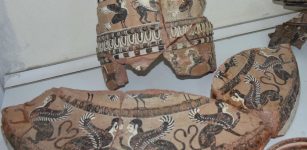 One Of A Kind 2,500-Year-Old Ritual Wash Basin Painted With Mythological Figures Discovered In The Ancient City Of Klazomenai
Archaeology | Oct 1, 2022
One Of A Kind 2,500-Year-Old Ritual Wash Basin Painted With Mythological Figures Discovered In The Ancient City Of Klazomenai
Archaeology | Oct 1, 2022 -
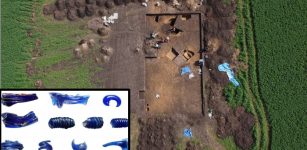 Ancient Glass Workshop Unearthed At Iron Age Of Němčice
Archaeology | Jul 24, 2023
Ancient Glass Workshop Unearthed At Iron Age Of Němčice
Archaeology | Jul 24, 2023 -
 New Interpretation Of A 4,000-Year-Old Cemetery In Present-Day Slovakia
Archaeology | Dec 21, 2022
New Interpretation Of A 4,000-Year-Old Cemetery In Present-Day Slovakia
Archaeology | Dec 21, 2022 -
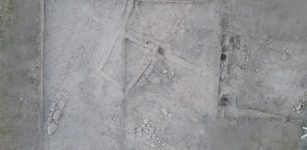 9,600-Year-Old Permament Settlement And Daily Tools Discovered In Turkey
Archaeology | Sep 2, 2022
9,600-Year-Old Permament Settlement And Daily Tools Discovered In Turkey
Archaeology | Sep 2, 2022 -
 New Species Of Softshell Turtle That Lived In North Dakota 66.5 Million Years Ago With Dinosaurs Discovered
Fossils | Mar 14, 2022
New Species Of Softshell Turtle That Lived In North Dakota 66.5 Million Years Ago With Dinosaurs Discovered
Fossils | Mar 14, 2022


